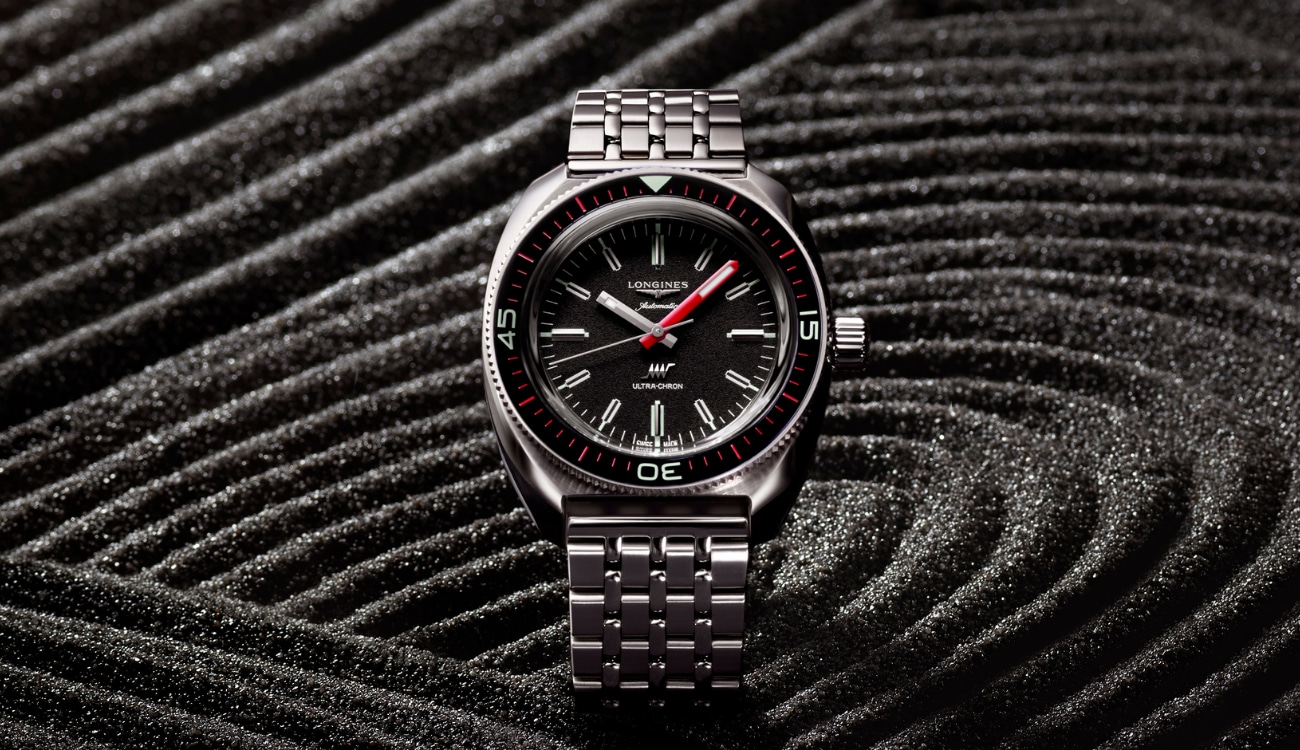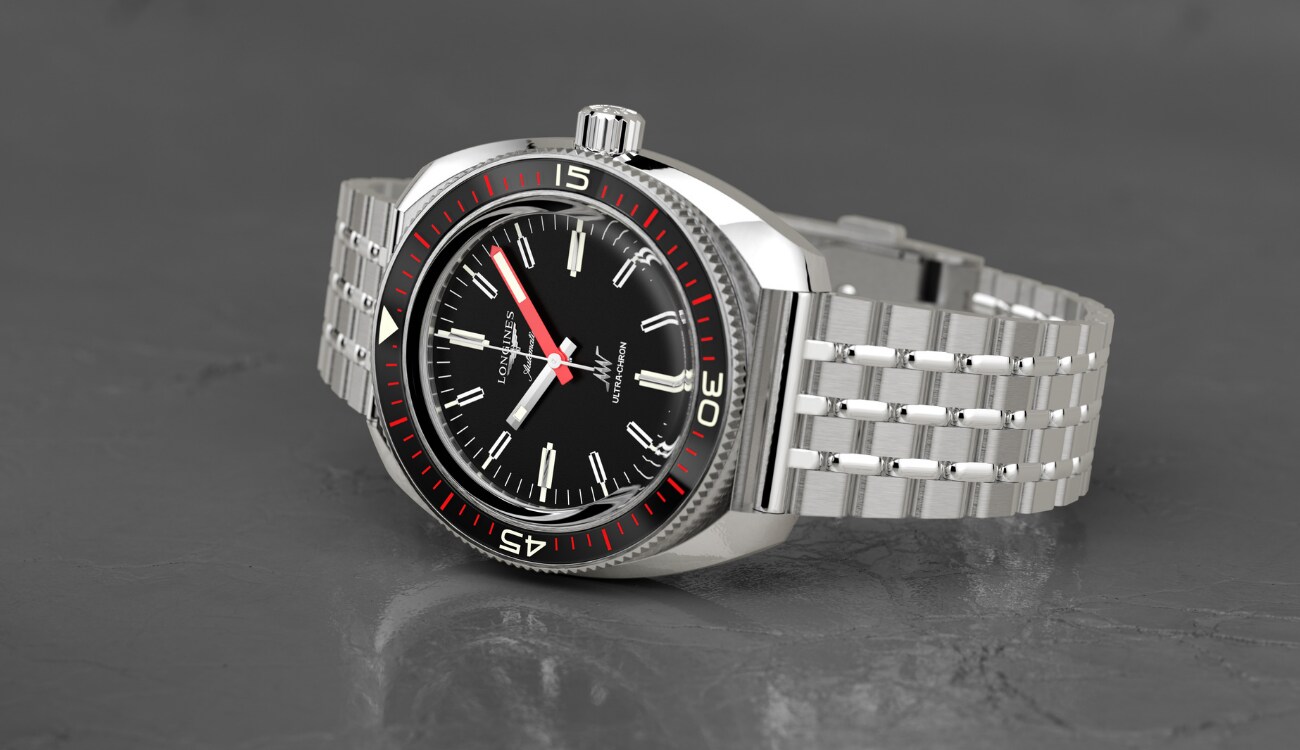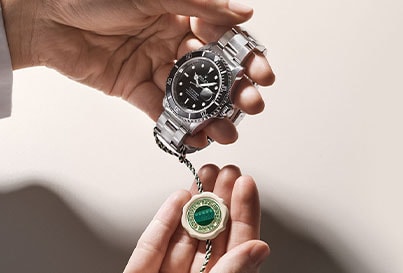-
Watches
By Category
By Collection
By Brand
- Rolex
By Category
By Collection
- Rolex Certified Pre-Owned
- Pre-Owned & Vintage
- Brands
Watch Brands
Jewelry Brands
- Jewelry
By Metal
By Gemstone
By Collection
By Brand
- Engagement
By MetalBy StyleBy Cut/ShapeBuild Your Ring- Wedding
By MetalWedding Jewelry- Sale
- Sell Your Watch
Sell Your Watch
We will expertly assess your watch and offer you
a competitive and accurate valuation for the
watch you wish to sell to us.Free valuation by our experts
Unrivalled knowledge & expertise
Competitive prices offeredBrands we buy
A. Lange & SohneAudemars PiguetBlancpainBreguetBreitlingCartierIWC SchaffhausenJaeger-LeCoultreLonginesOMEGAPatek PhilippeRolexHeuerTudorVacheron Constantin- Stores
- Rolex
- Shop by Category
-
Watches
- Back
- Shop All Watches
- By Category
- By Collection
-
By Brand
- Rolex
- Angelus
- Arnold & Son
- Berd Vay'e
- Blancpain
- Bovet
- Breitling
- BVLGARI
- Cartier
- DOXA
- Girard-Perregaux
- Grand Seiko
- Hamilton
- H.Moser & Cie
- Hublot
- ID Genève
- IWC Schaffhausen
- Jacob & Co
- L’epee 1839
- Longines
- Luminox
- Nivada Grenchen
- OMEGA
- Oris
- Panerai
- Porsche Design
- QLOCKTWO
- Rado
- Raymond Weil
- Reservoir
- Speake Marin
- TAG Heuer
- Tissot
- Tudor
- Ulysse Nardin
- William Wood Watches
- WOLF
- Zenith
- Rolex
- Rolex Certified Pre-Owned
- Certified Pre-Owned
-
Brands
- Back
- View All Brands
-
A-Z
- Rolex
- Angelus
- Arnold & Son
- Berd Vay'e
- Bijoux Birks
- Blancpain
- Bovet
- Breitling
- BVLGARI
- Carlex
- Cartier
- CHANEL
- Di Modolo
- DOXA
- FOPE
- Girard-Perregaux
- Grand Seiko
- Gucci
- Hamilton
- Hearts on Fire
- H.Moser & Cie
- Hublot
- ID Genève
- IWC Schaffhausen
- Jacob & Co
- J Fine
- John Hardy
- L’epee 1839
- Longines
- Luminox
- Marco Bicego
- Massena LAB
- Mayors
- Messika
- Mikimoto
- Nivada Grenchen
- Nouvel Heritage
- OMEGA
- Oris
- Panerai
- Parmigiani Fleurier
- Paul Morelli
- Pasquale Bruni
- Penny Preville
- Pomellato
- Porsche Design
- QLOCKTWO
- Rado
- Raymond Weil
- Reservoir
- Roberto Coin
- Speake Marin
- Tabayer
- TAG Heuer
- Tissot
- Tudor
- Ulysse Nardin
- Uneek
- Vhernier
- William Wood Watches
- WOLF
- Yeprem
- Zenith
- Jewelry
- Engagement
- Wedding
- Sale
- Sell Your Watch
- Stores
- My Account
- Wishlist
- Store Finder
- Request an Appointment
- Help & Support
Diving into the new Longines Ultra-Chron with our Buyer, Sophie Conroy

How important is accuracy to timekeeping? Well – when it comes to lunch with your mates, “12ish” would probably suffice. But when shopping for your latest timepiece, accuracy means everything. It always has.
It makes Longines’ claim, in 1968, that they had ‘probably created the world’s most accurate high-frequency wrist watch’ all that much more remarkable. The Swiss watchmaking brand guaranteed that the Ultra-Chron would be accurate to within a minute a month, converting to two seconds a day. An impressive claim, only made more impressive put in context: an accuracy of +/-10 seconds per day is typically still considered acceptable in a mechanical watch.
The Ultra-Chron was the last mechanical watch in horological history to match the accuracy of the electronic watch (at that time with a tuning-fork movement), but with the advantage that no battery was necessary.
And now, over 54 years later, Longines have re-introduced the Ultra-Chron to their market, a timepiece inspired by the original and reflecting the iconic design codes of its ancestor. Precision still lies at the heart of the timepiece: did we expect anything less?

To re-introduce this timepiece, we’ve sat down with our Buyer, Sophie Conroy, to discuss the origins and advancements of the iconic timepiece.
The Longines Ultra-Chron first came into production in 1968, and was the first high-frequency diving watch and “probably the most accurate” of them all, with a guaranteed accuracy of one minute a month (or, as it transforms to, two seconds a day). As a diving watch, just how important is Longines claim to accuracy?
From tracking how much oxygen is left in your tank to gauging your next decompression stop, it’s crucially important for a diver to track elapsed time for safety and security whilst diving into the deep. The Ultra-Chron is the ultimate diver’s watch to ensure precision, and with its ultra-chronometer accuracy (confirmed by TIMELAB) it’s not only a great accomplishment for Longines in technical achievements, but it’s also a keenly priced watch.
The new Longines Ultra-Chron takes deep inspiration from the version released in 1968. How far has this timepiece come in 54 years, and what key developments are in the newest version of this iconic timepiece?
I’m really excited to see a silicon hairspring being used in the latest Ultra-Chron release. This will help protect the piece from corrosion, and the use of this material means it has a higher level of anti-magnetism. It means a change in temperature has little effect on its accuracy and workings.
At the heart of this new Longines Ultra-Chron is the Calibre L836.6. Why have Longines created this Calibre, and how important is it to the overall workings of the timepiece?
The in-house Calibre is most important to the Ultra-Chron, it’s a high-frequency movement where the balance spring oscillates at 36,000 beats per hour. Quite a feat. In addition to this, Longines have ensured improved stability by reducing the chances of disruption from changes of position to the timepiece. These high-frequency movements from Longines were first created in 1914, since then the brand has continued to produce even more accurate calibres to help ensure safety.
Of course, whilst an incredibly appealing diving watch, we’re aware that not all wearers would be taking this timepiece deep into the sea. What features from the timepiece would appeal to the general population, and why?
I particularly love the 43mm cushioned-shaped stainless-steel case which has a unidirectional bezel and screwed-in caseback. It’s great to see the Ultra Chron available on either a stainless steel bracelet or leather strap. Both come with an additional NATO strap and in a presentation box too, and will please any new enthusiasts looking to wear a bit of horological history on their wrists.
Explore more from Longines here at Mayors.



